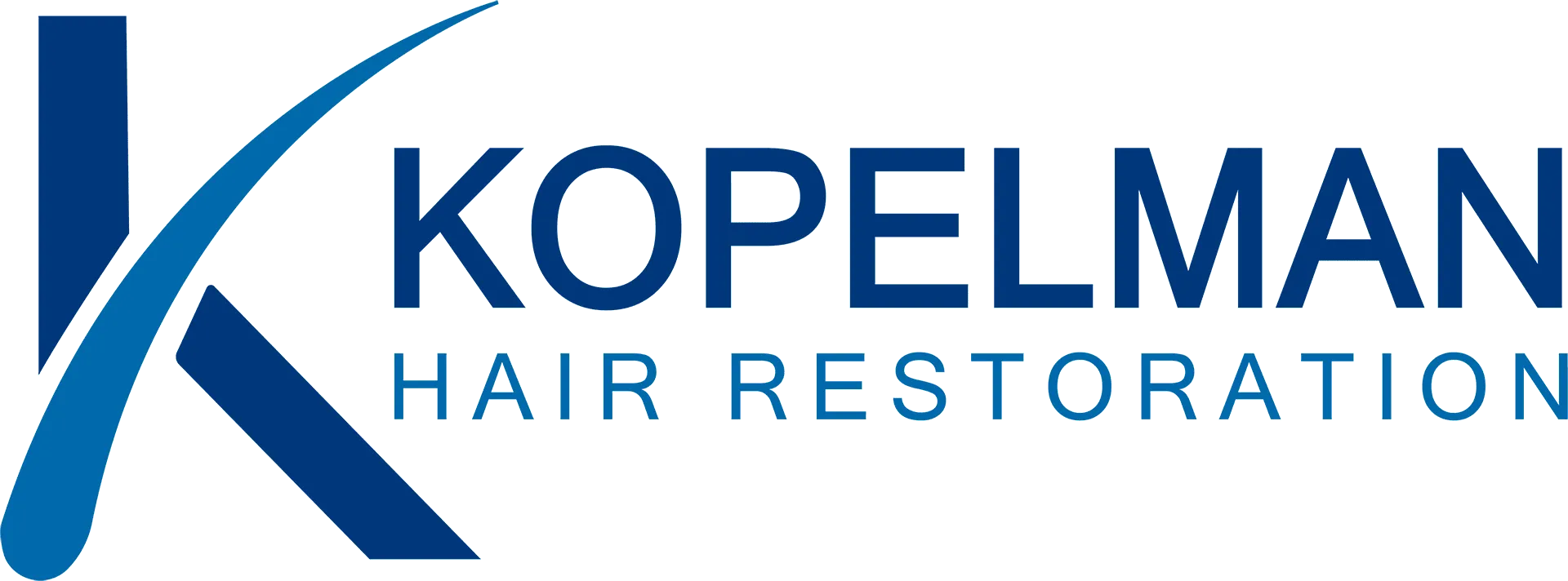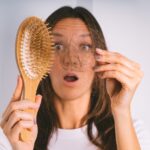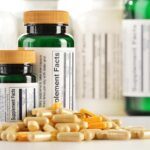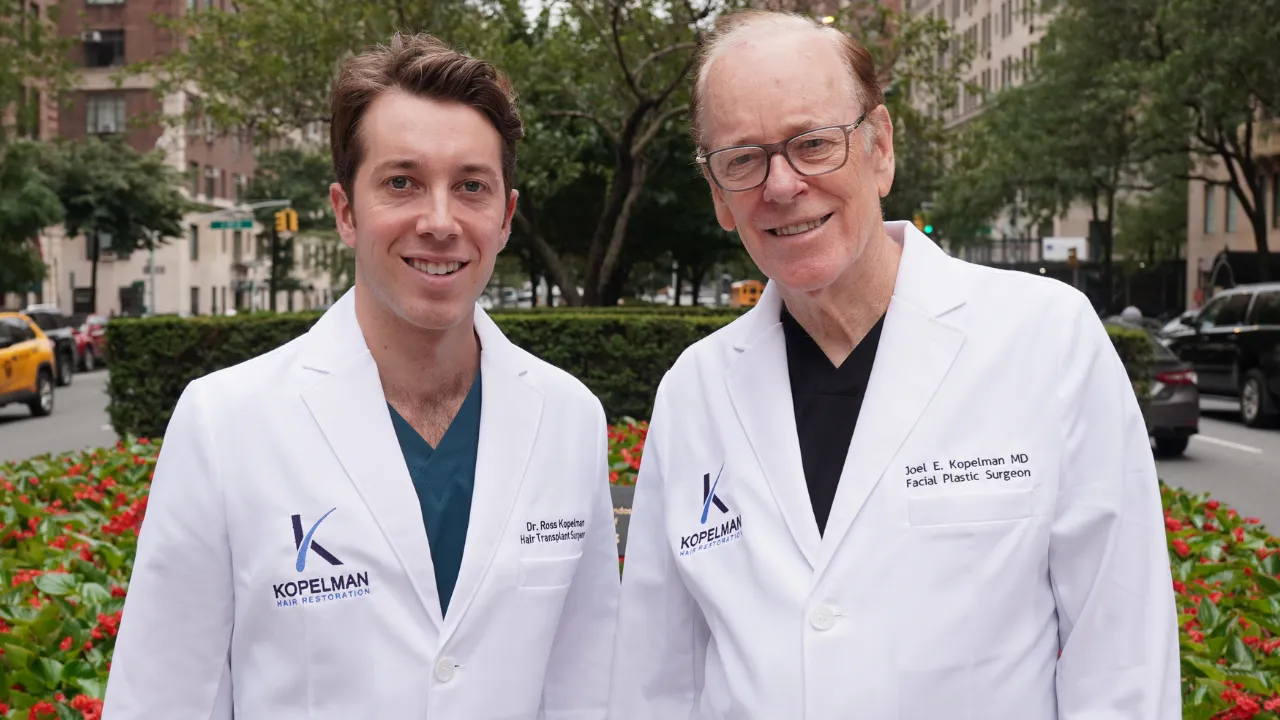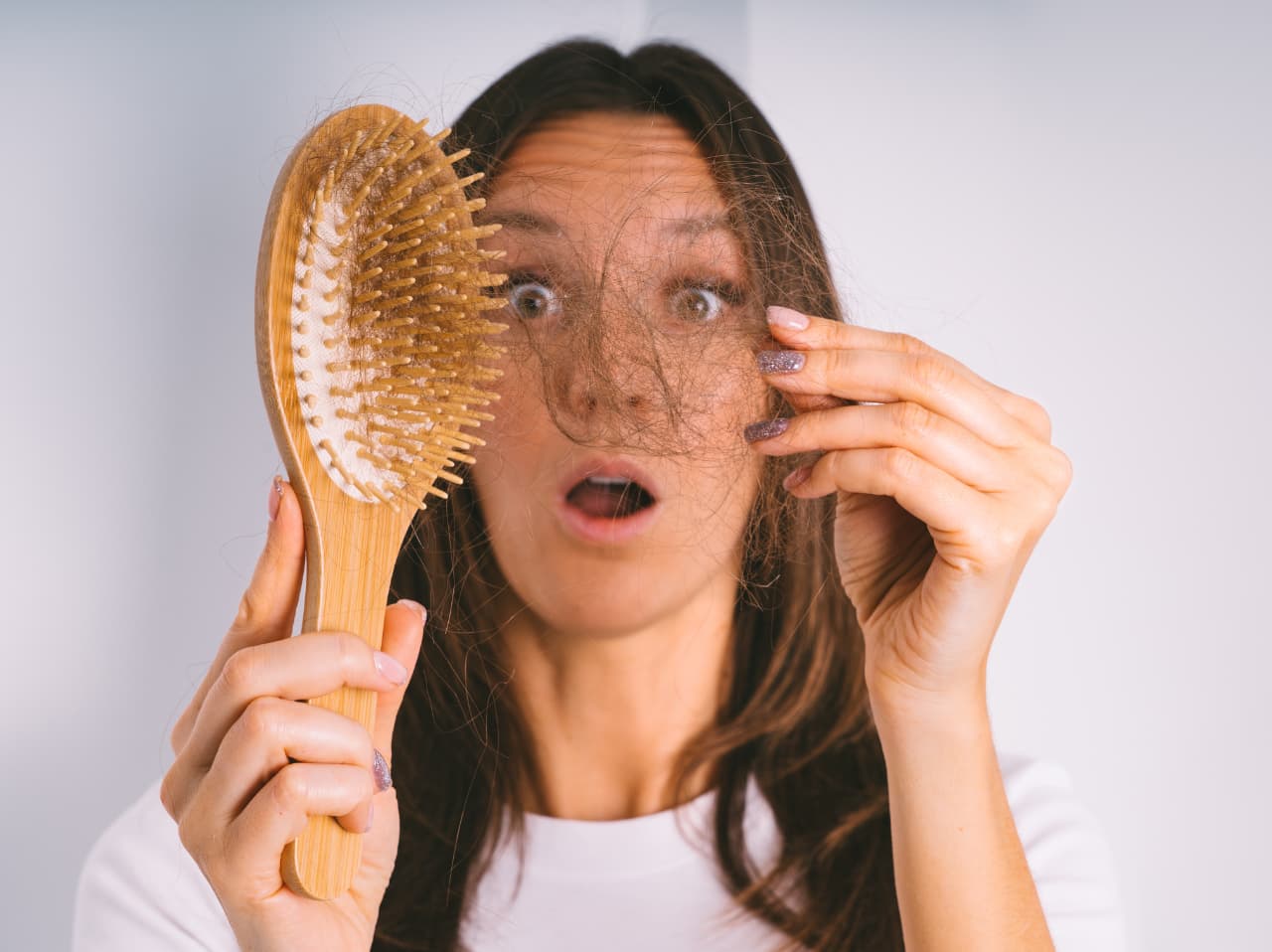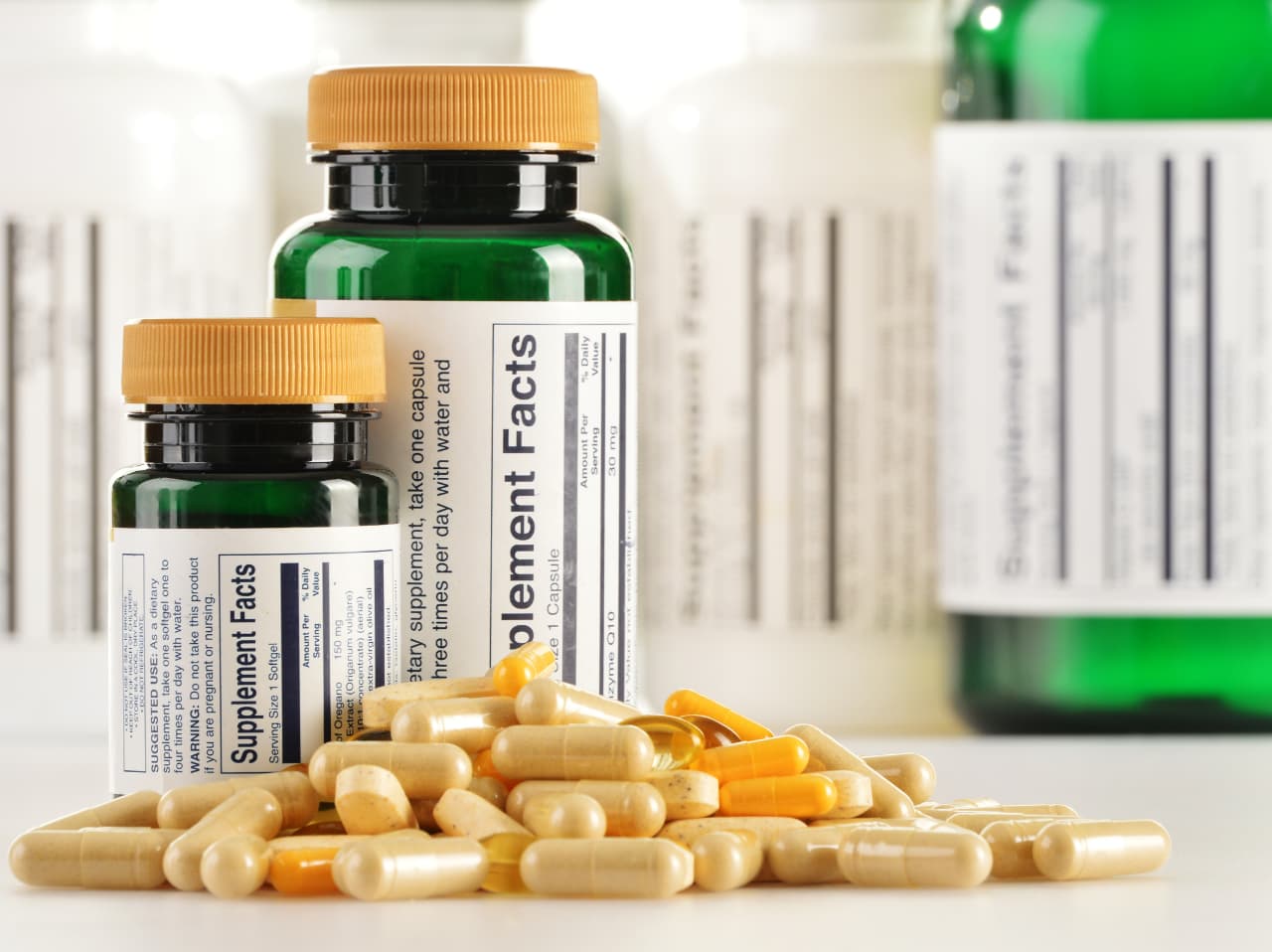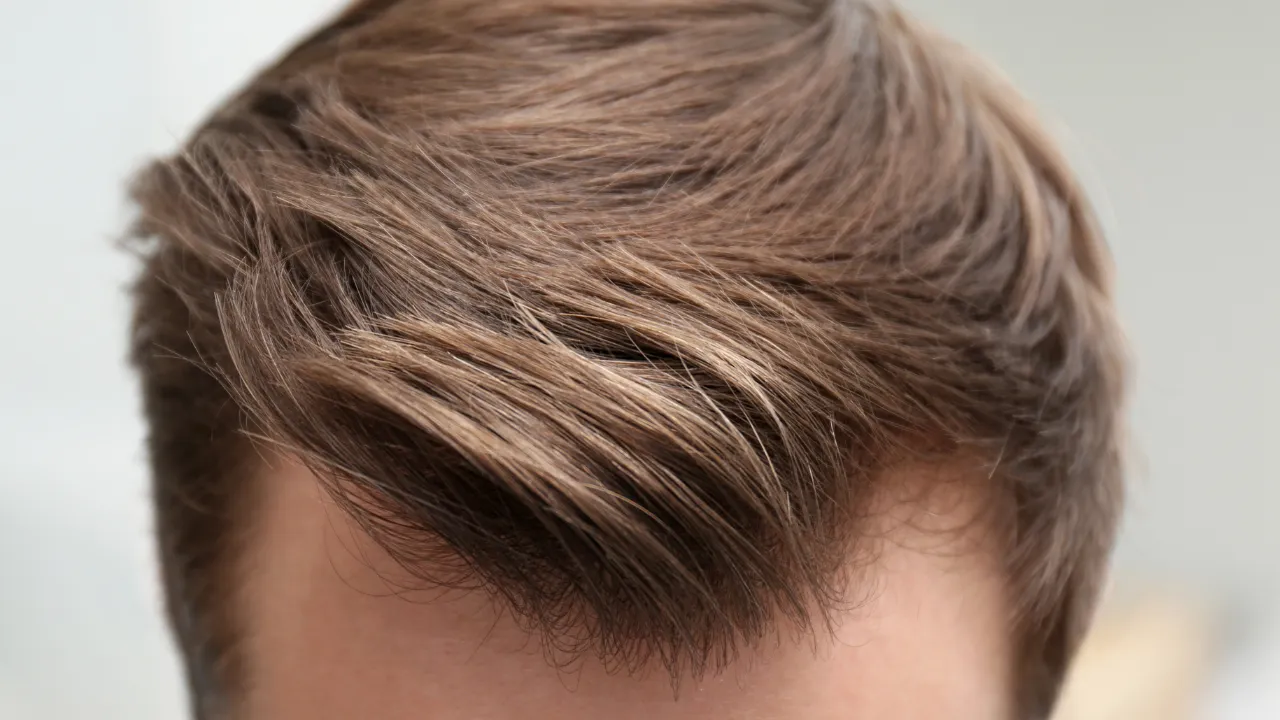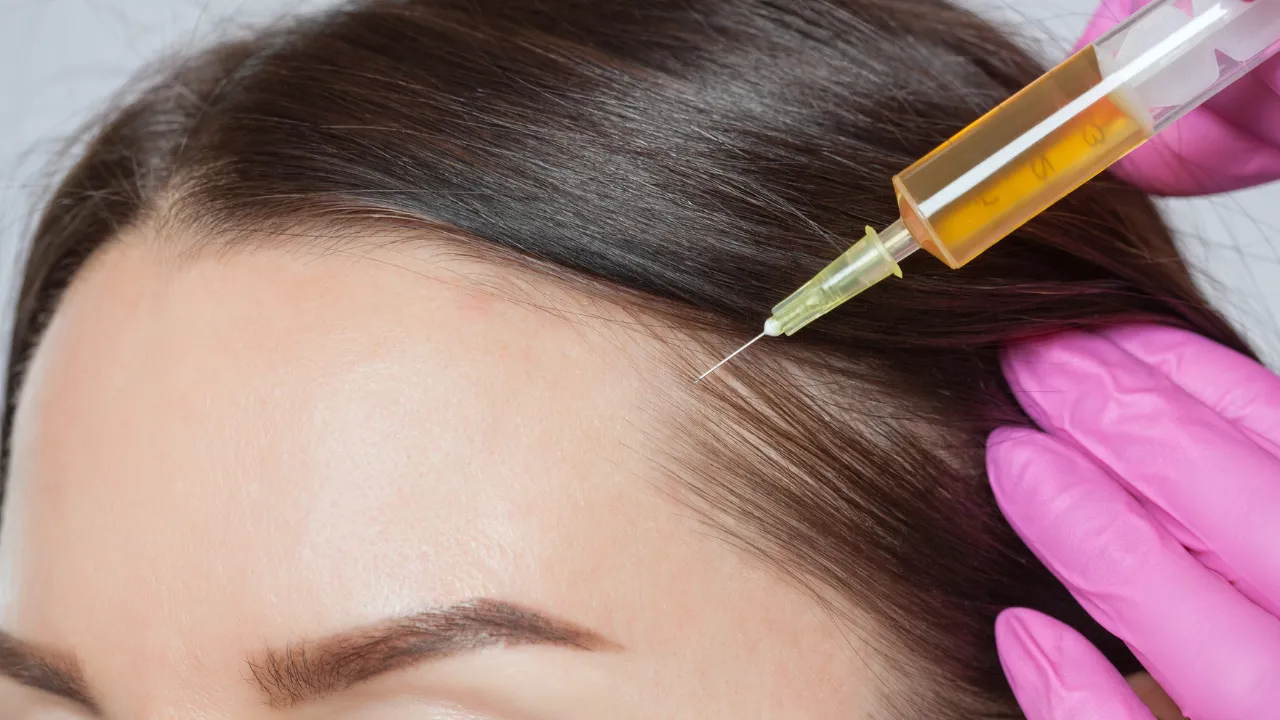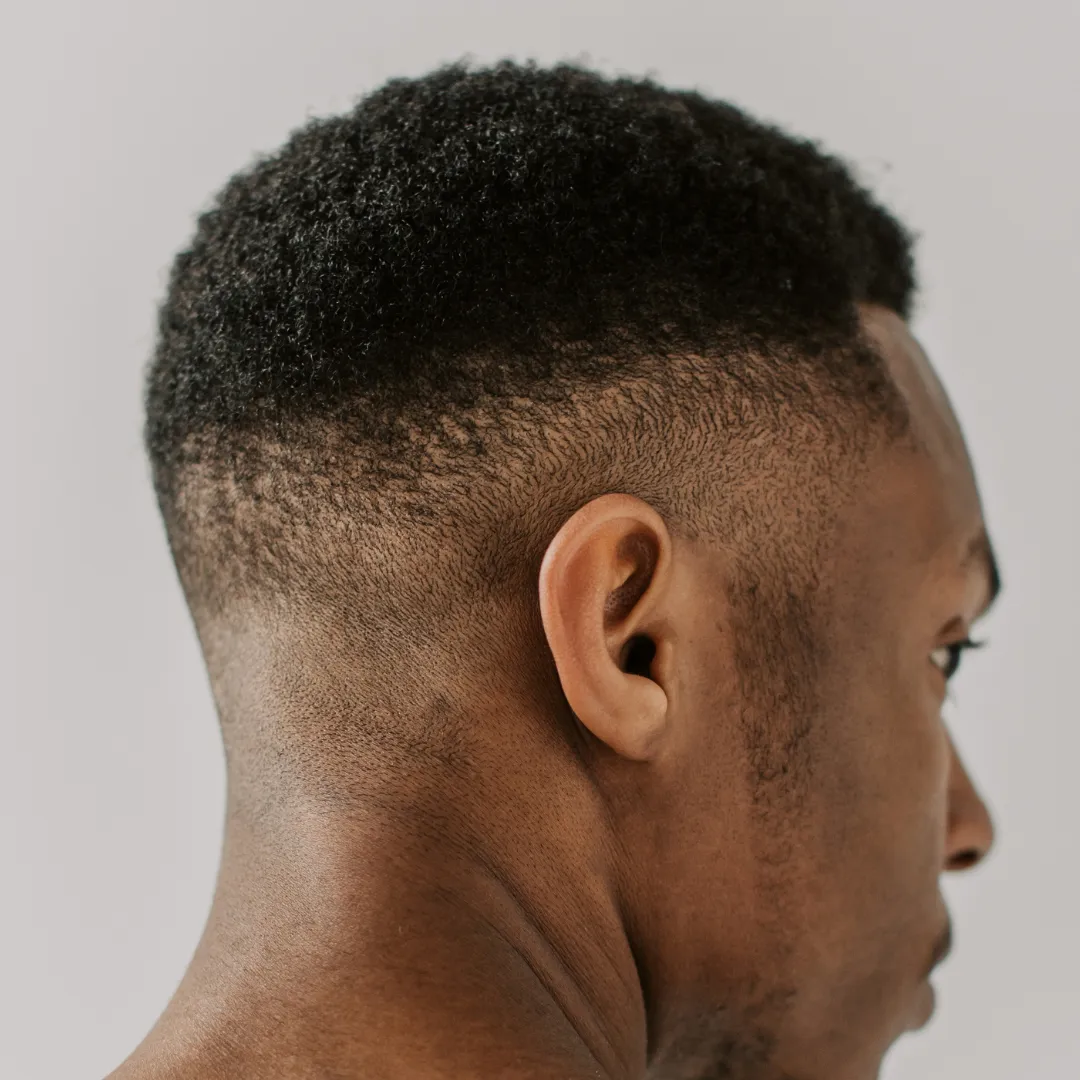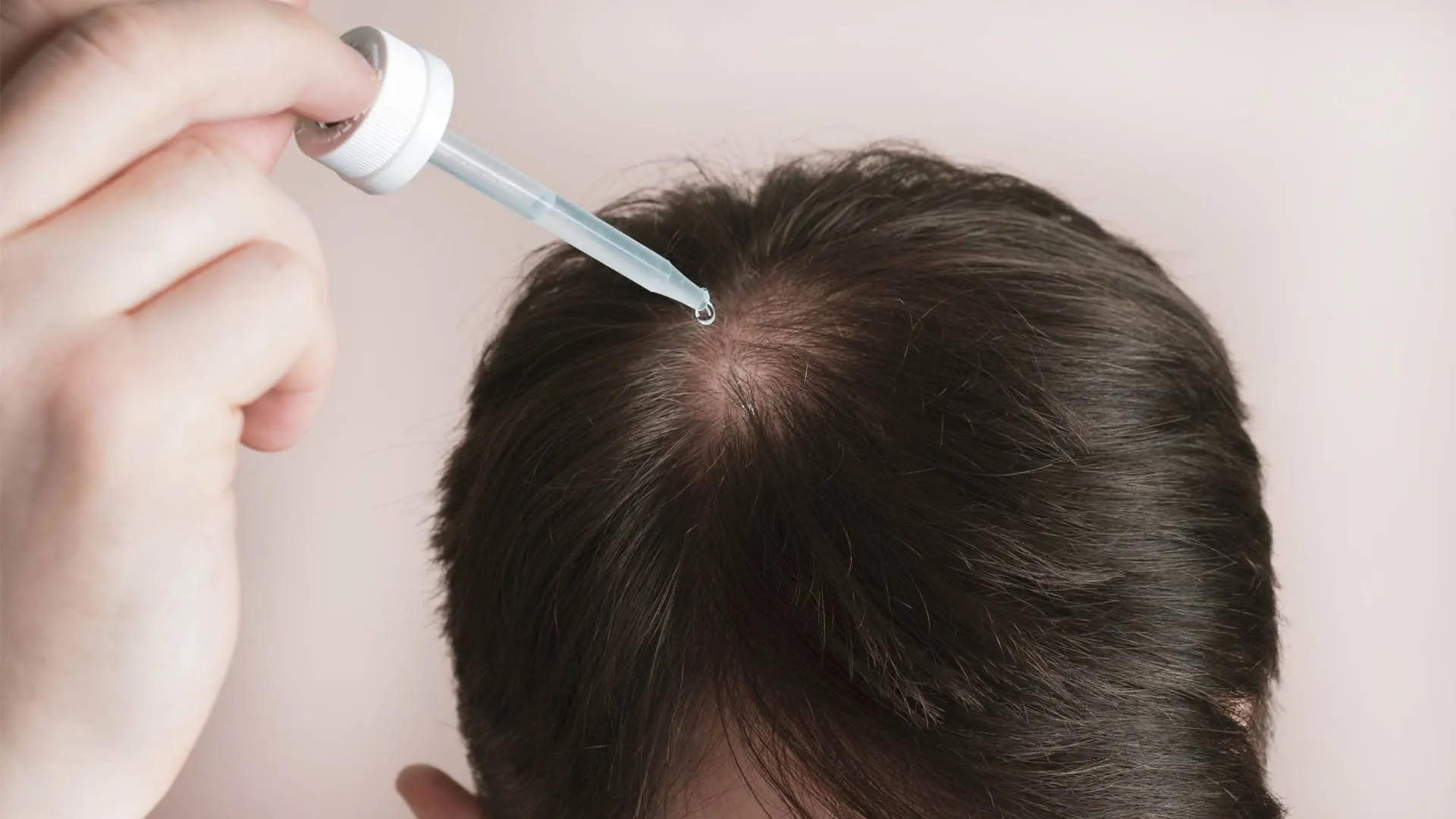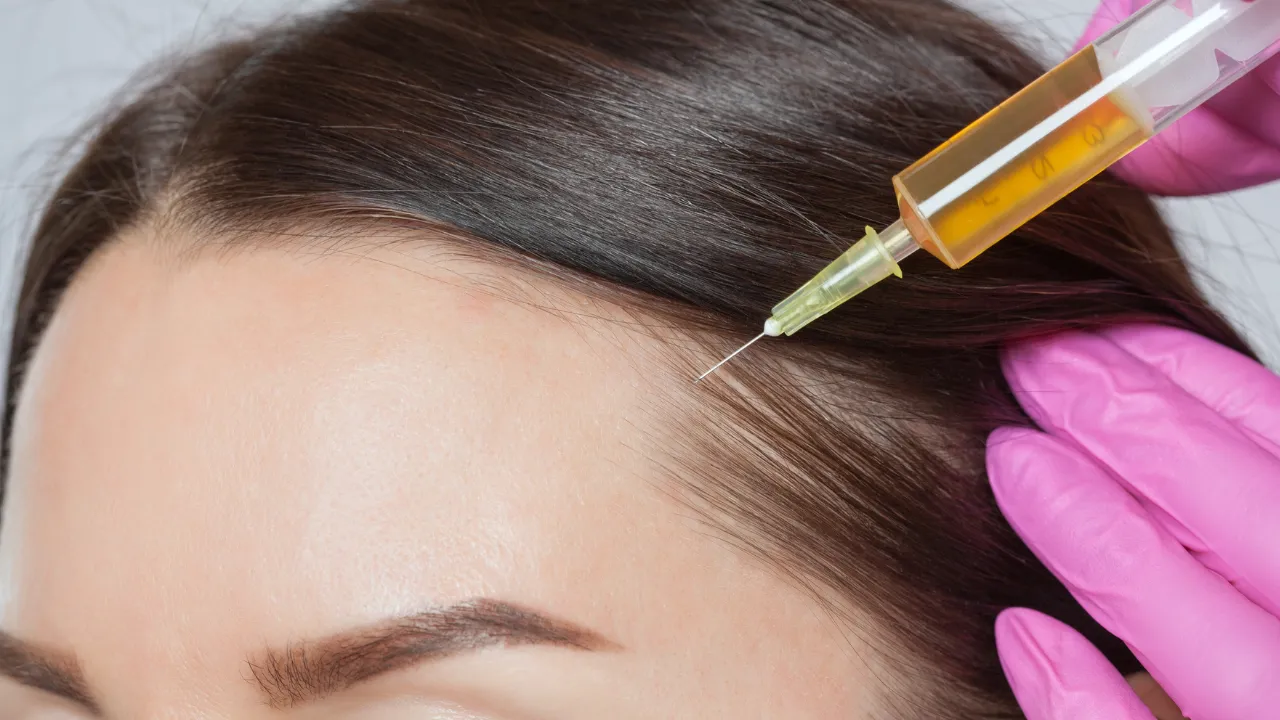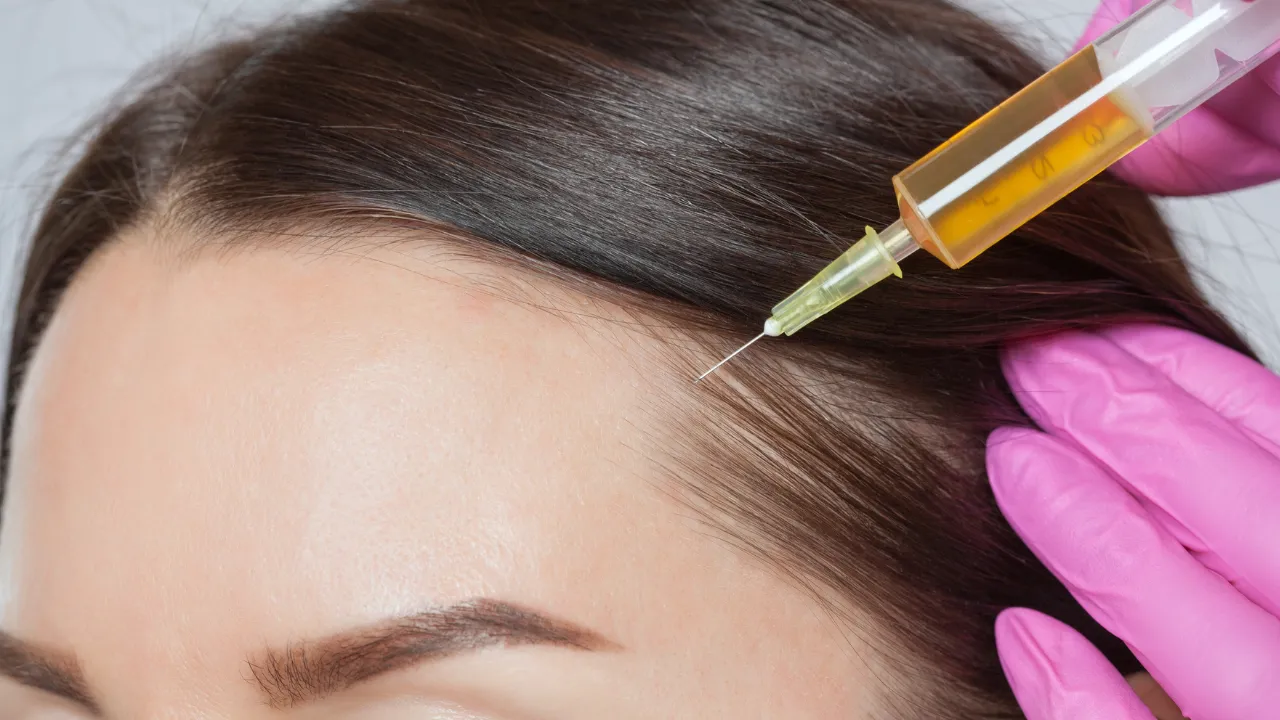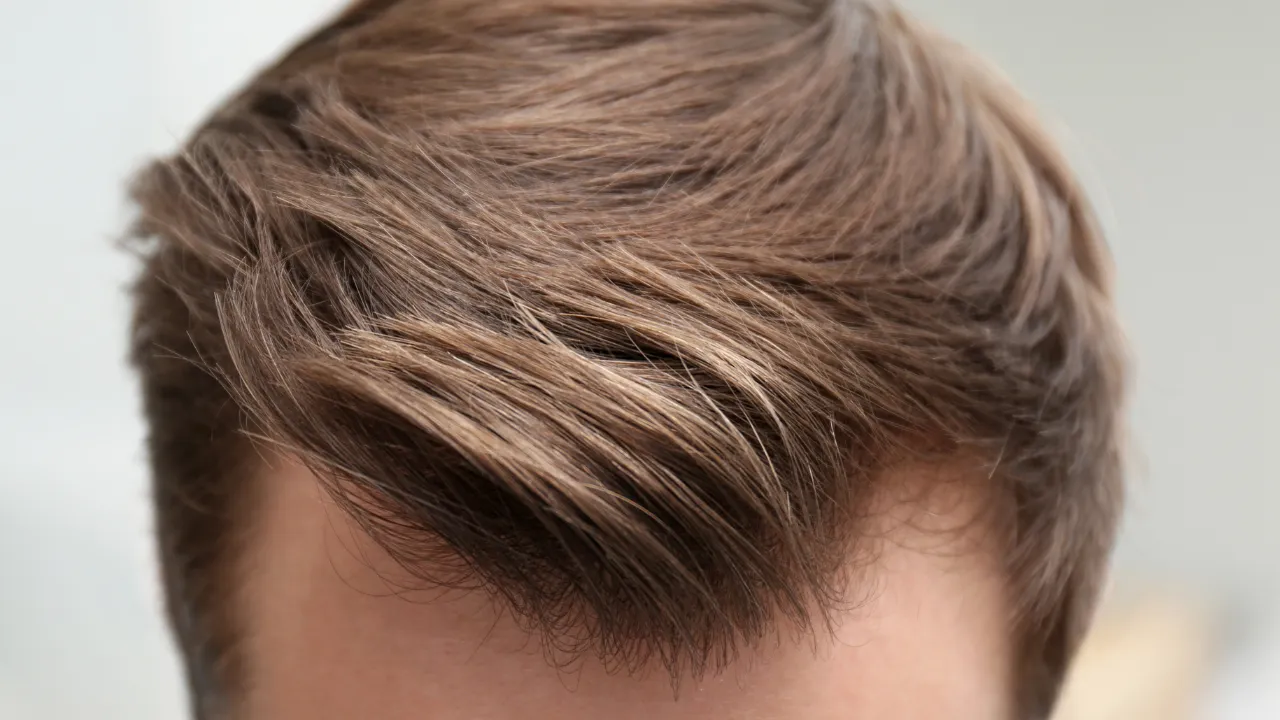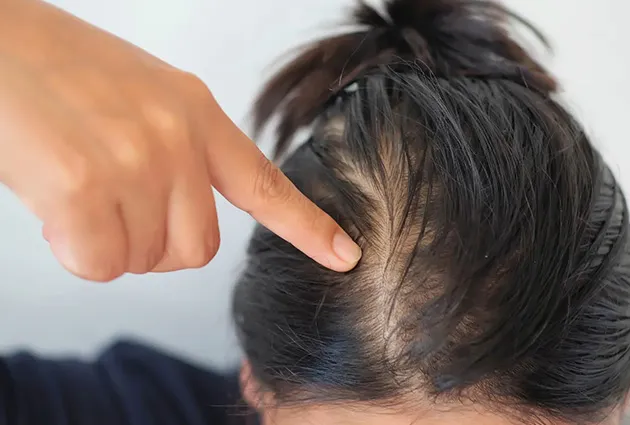Table of Contents
ToggleIn clinical practice, the platelet-rich plasma (PRP) hair treatment success rate is generally reported at 60–80% for appropriately selected patients, meaning most experience reduced shedding and a visible improvement in hair density over time.
The PRP hair treatment success rate is highest in patients with early to moderate thinning who still have active follicles, with many experiencing reduced shedding and measurable improvement in hair density over several months. Clinical experience shows that PRP works best as a treatment for hair loss, stabilizing progression and strengthening existing hair rather than restoring completely bald areas.
At Kopelman Hair, PRP hair treatment in NYC is planned around realistic outcomes, medical safety, and long-term preservation under the supervision of Dr. Kopelman, a board-certified hair restoration expert. By addressing success rate, timeline, and limitations upfront, patients can compare PRP hair loss treatment options with clarity and confidence.
Key Takeaways
- PRP hair treatment success depends on proper patient selection, technique, and medical oversight, with the strongest results seen in patients with active hair follicles.
- Most patients notice reduced shedding first, followed by gradual increases in hair density, with PRP results after 3 sessions often used to evaluate early response.
- PRP works best for early to moderate hair loss and may not be effective as a standalone treatment option for advanced thinning hair.
- Outcomes vary between clinics, which is why PRP hair treatment in NYC should be performed under the care of an experienced medical professional.
- A personalized consultation is essential to confirm candidacy, set realistic expectations, and determine whether maintenance treatments or maintenance sessions are needed to maintain optimal results.
What Is the PRP Hair Treatment Success Rate?
The PRP hair treatment success rate is the percentage of patients who experience measurable improvement in hair quality, density, or reduced shedding after treatment. In clinical settings, it is commonly reported at 60–80%.
Success is defined by stabilization and gradual regrowth rather than dramatic or immediate change. At Kopelman Hair, success is evaluated through clinical exams, photography, and patient-reported outcomes.
PRP is derived from platelet-rich plasma obtained during a controlled blood draw. Studies often report improvement ranges rather than guarantees, emphasizing the importance of timing, technique, and the concentration of platelets delivered to the scalp.
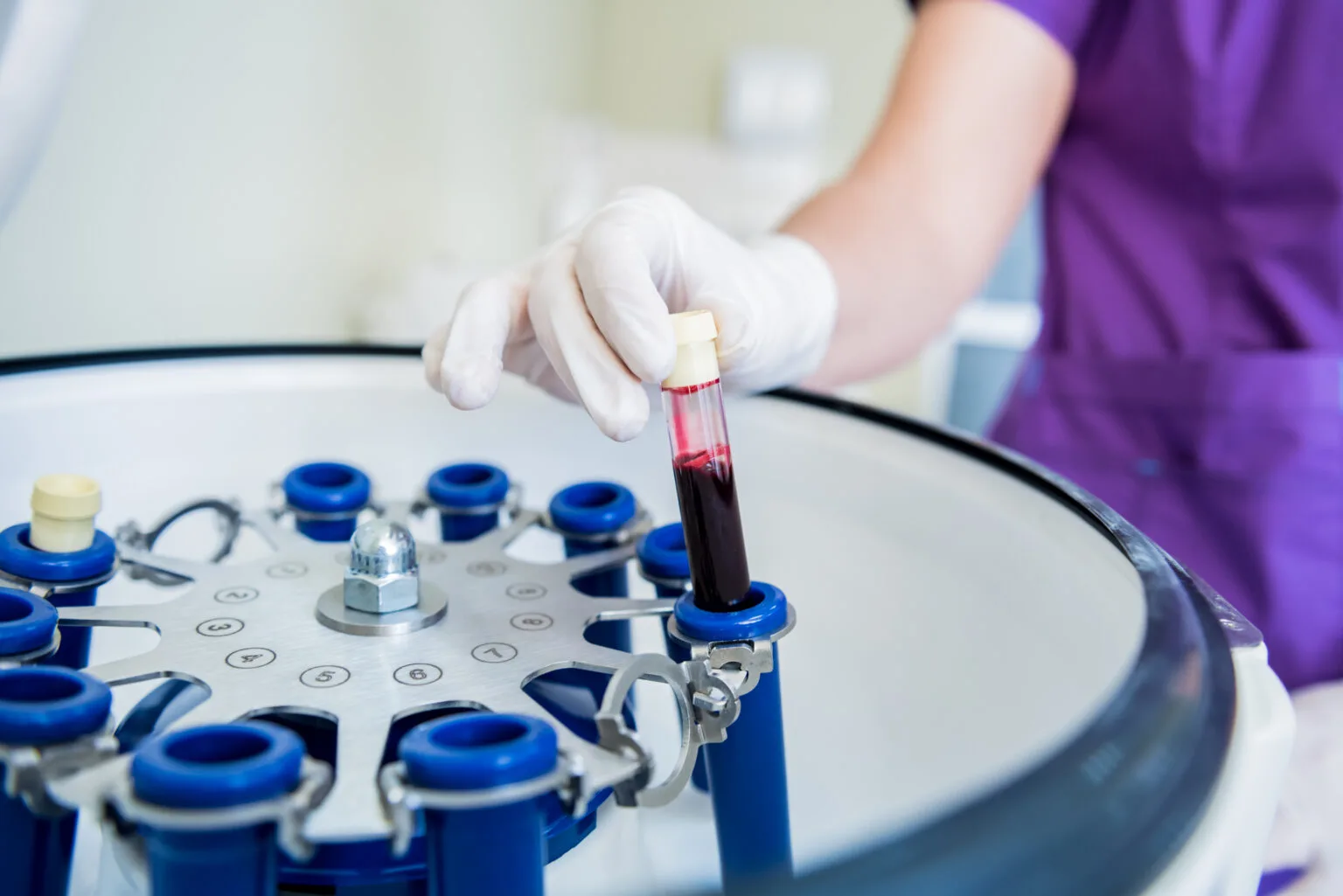
These platelets release growth factors that help stimulate hair growth and support follicle activity, complementing the signaling role of stem cells already present in the hair follicle environment.
Clinical success is typically evaluated using:
- Physician-performed scalp examinations
- Standardized clinical photography of treated hair
- Patient feedback on shedding, texture, and thickness
Does PRP Hair Treatment Work for Hair Loss?
A related and equally common question is whether PRP works for hair loss across different patterns and stages. The answer is yes, but results depend on the type of hair loss and whether hair follicles are still active.
Clinical experience shows PRP can reduce shedding, slow progression, and improve hair quality when used as a treatment for hair loss rather than a cure. It is not effective for completely bald areas where follicles are no longer present.
Outcomes are also influenced by the accuracy with which PRP injections are delivered into the scalp. Selecting the correct treatment area ensures growth factors reach follicles that can still respond. Platelet concentration, injection depth, and session consistency all contribute to effectiveness.
What to Expect If You Are a Good PRP Candidate
Patients who respond well to PRP usually have early to moderate thinning hair and active follicles, since advanced bald areas react poorly to it. This distinction helps set realistic expectations from the start.
PRP can be effective for multiple patterns, including diffuse thinning and female pattern baldness. A good candidate typically has stable health and a scalp environment that supports healing. Screening helps patients avoid investing in a treatment option unlikely to meet their goals.
How Long Does It Take to See PRP Results?
PRP works gradually, and visible change takes time. Early improvements often appear as reduced shedding before regrowth becomes noticeable. Understanding how long PRP lasts helps patients plan maintenance sessions and set long-term expectations. Clear timelines help patients stay committed to the treatment plan.
Most patients begin to notice early PRP results within 2 to 3 months, with clearer visible changes developing between 4 and 6 months. These early changes often include reduced shedding and improved hair texture rather than immediate regrowth. PRP works gradually because it supports the natural hair cycle instead of forcing rapid growth.
A more noticeable improvement in hair density typically develops over 6 to 12 months, depending on the type of hair loss, the treatment area, and the consistency of care. PRP helps prolong the growth phase of existing follicles, which explains why results build slowly over time. Patients with early thinning tend to respond more quickly than those with more advanced thinning.
PRP results after three sessions
After three PRP sessions, most responsive patients see early signs of improvement, not final results. Common changes include reduced shedding, firmer hair texture, and stabilization of thinning hairs in the treated hair areas. Noticeable regrowth may begin in some cases, but it is not expected for everyone at this stage.
The third session serves as a checkpoint for responses. It helps determine whether the treatment area is responding well enough to continue or adjust care. Patients who respond typically see further improvement over the following months, often supported by maintenance sessions.
Why Patients Choose Kopelman Hair
Choosing the right provider directly affects results and safety. Patients choose Kopelman Hair because treatment decisions are medically driven and individualized rather than protocol-based. Experience allows PRP to be adjusted rather than applied as a preset package.
PRP Hair Treatment Price in NYC
At Kopelman Hair, PRP hair treatment in NYC costs $1,500 per session. This fee reflects physician oversight, individualized treatment planning, and precise PRP preparation and injection techniques. Pricing is discussed upfront so patients can make informed decisions without uncertainty.
The total cost depends on the number of sessions recommended, based on the type of hair loss, the treatment area, and the response over time. Some patients require only a short series, while others benefit from maintenance treatments to preserve results. Session planning is based on clinical need rather than preset packages.
Patients who want a deeper breakdown of PRP for hair cost considerations can explore how pricing varies by treatment plan and goals.
PRP Hair Treatment Side Effects
PRP uses the patient’s own blood, which lowers the risk of allergic reaction. During preparation, red blood cells are separated, leaving only platelet-rich plasma. Side effects are usually mild and temporary, such as short-term tenderness after PRP injections.
Patients often ask whether PRP is painful, especially when comparing non-surgical hair loss treatments. Understanding the sensation helps set realistic expectations before treatment.
Results are not guaranteed and vary between individuals. Outcomes depend on biology, timing, and adherence to the plan. Transparent discussion of benefits and limits supports trust.
Clear guidance on what you cannot do after PRP helps reduce risk and supports optimal healing.
PRP for Hair Loss Reviews
PRP for hair loss reviews often describe gradual improvement rather than instant results. Patients report higher satisfaction when expectations are set clearly before treatment. Understanding timelines improves the overall experience.
Reviews also reflect the quality of communication and planning. These factors influence satisfaction as much as physical changes. Honest guidance supports long-term trust.
Book Your PRP Consultation in NYC
The most reliable way to know if PRP is right for you is a professional evaluation. A consultation allows for personalized assessment, discussion of goals, and review of effective treatments available for your condition. This step clarifies expectations and the following actions.
Patients searching for PRP hair treatment near me often benefit from choosing a clinic with specialized hair restoration expertise and medical oversight.
If you are comparing providers, schedule a consultation with Kopelman Hair. Confirm candidacy, pricing, and a realistic timeline with a medically guided team focused on long-term results and patient care.
